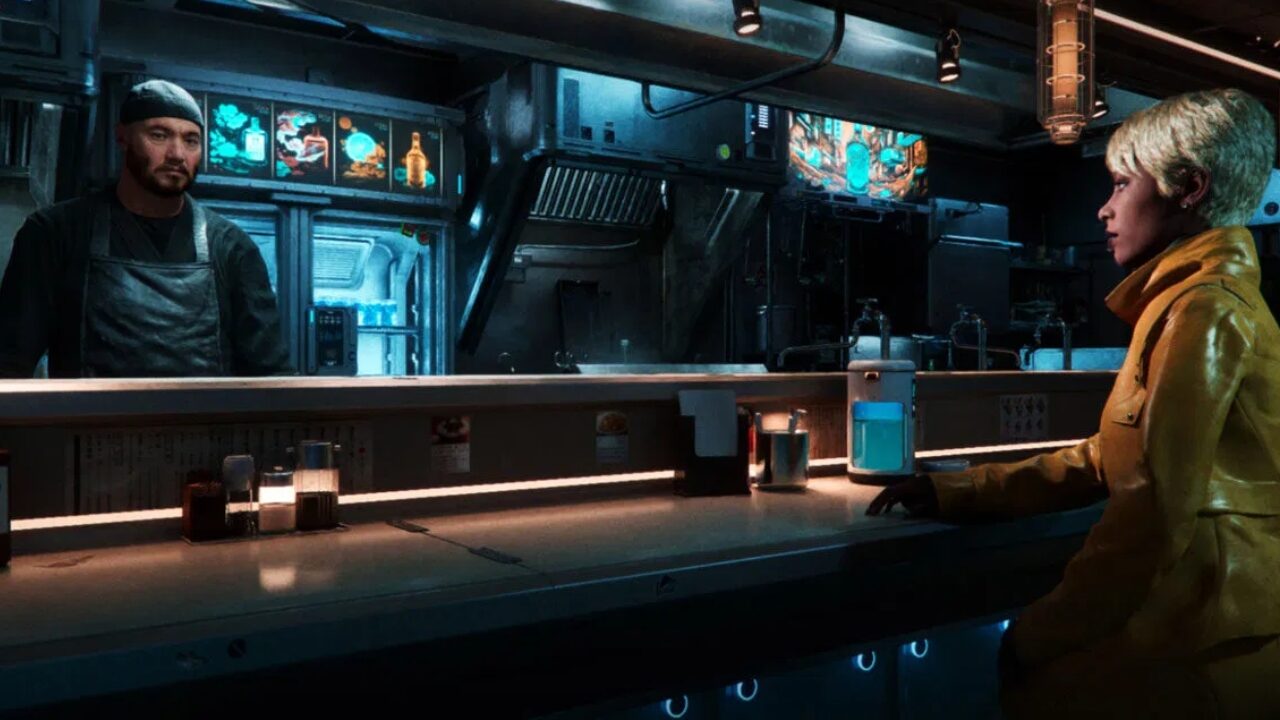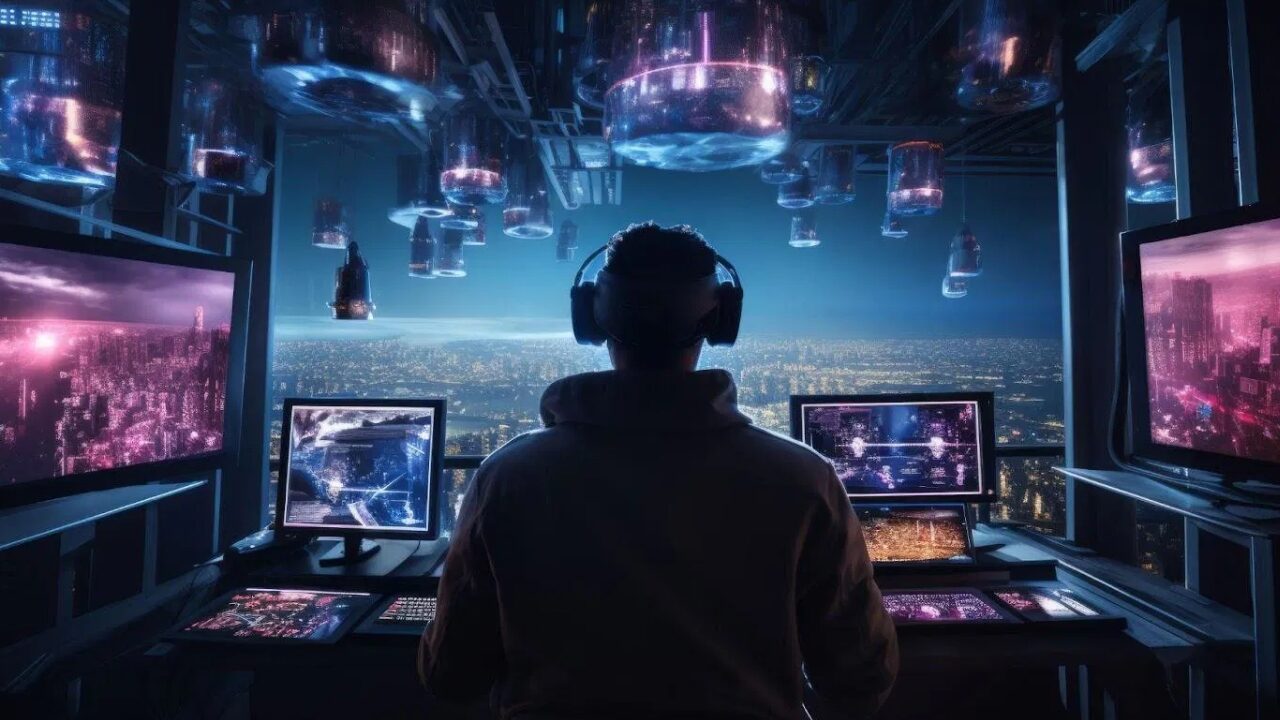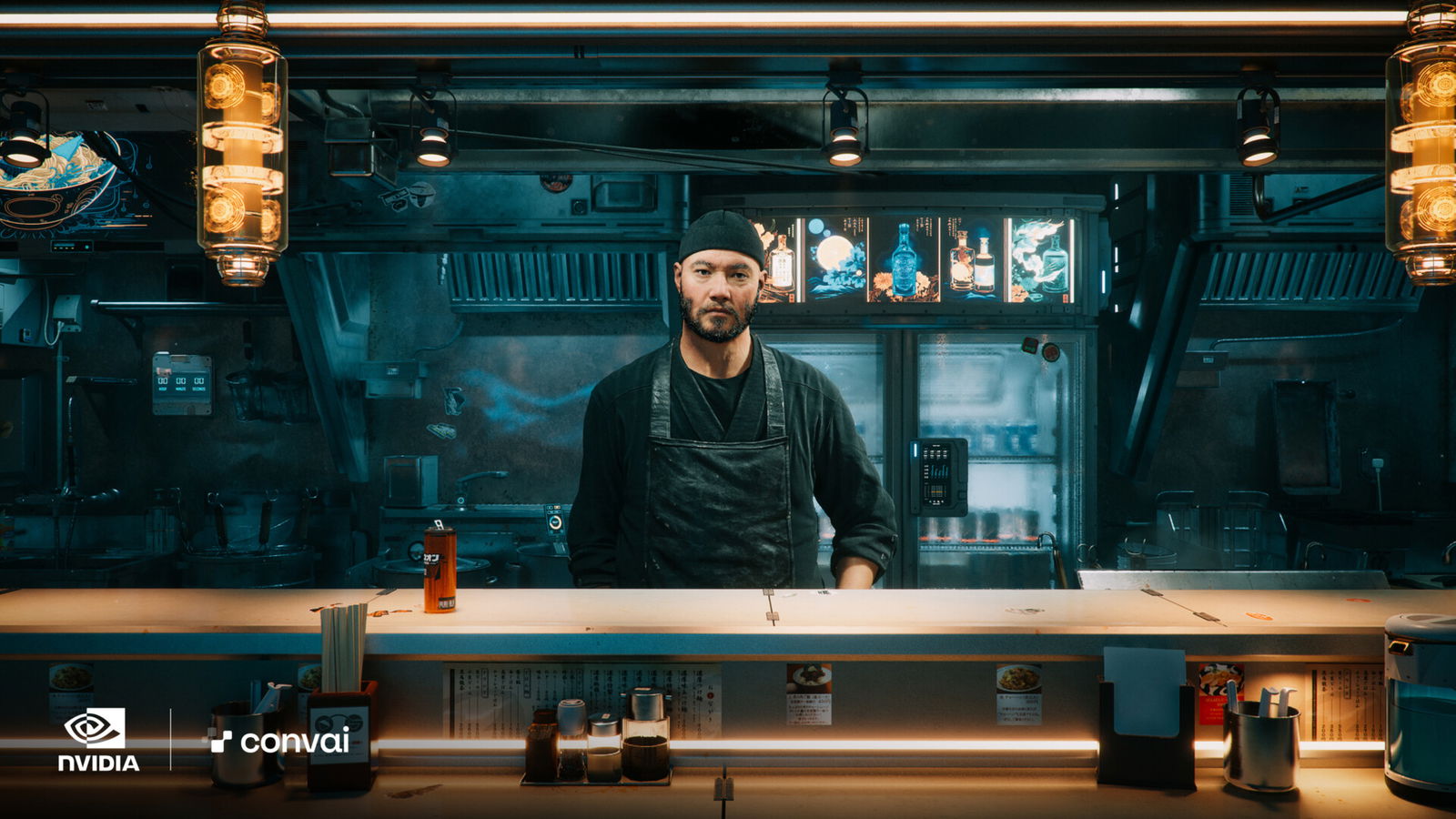Game creation has always blended imagination and technical skill. A spark of an idea transforms into worlds players can explore. This includes rules gamers must master and stories they can live. However, most brilliant concepts often face months of development before they’re ready for launch.
Today, artificial intelligence is changing that timeline. It’s moving game development from slow and meticulous to fast and iterative. Speed isn’t the only perk of integrating AI into cane creation. The technology empowers creators to bring their visions to life with fewer barriers and more precision than ever before.
Read on to learn more about the AI revolution in game development.
A New Era for Game Designers
Traditionally, building a game meant assembling large teams:
- Concept artists
- Level designers
- Writers
- Animators
- Testers
Each phase depended on the one before it. If a single asset changed, that ripple could delay the entire process.
However, AI tools work differently. They can generate concept art, build game mechanics, or even suggest dialogue in minutes. What once required a whole department now sometimes needs only a single skilled creator with the right AI at their side.
It’s not a replacement for creativity. It’s an accelerator. Developers can experiment more freely. This means failing faster without high costs and refining concepts without starting from scratch.

How AI Fits Into the Game Development Process
The impact of AI isn’t limited to one area. It’s reshaping almost every stage of production.
Concept Generation
From just a few lines of description, AI-driven tools can produce:
- Mood boards
- Landscapes
- Character sketches
This gives developers an instant visual reference to explore different artistic directions without committing to long design cycles. It’s especially powerful for early brainstorming.
Level Design
Algorithms can now create fully playable maps based on defined parameters like:
- Size
- Theme
- Gameplay style
So, creators can instantly generate multiple versions of a level, test them, and select the best-performing design. Integrating AI in development speeds up iteration and encourages creative experimentation.
Character Development
AI can bring characters to life in record time. This includes crafting detailed backstories, generating voice lines and animating facial expressions. As such, developers can maintain consistency across large casts of characters and add unique traits and personalities.
Testing & Balancing
Machine learning models can simulate thousands of player interactions within minutes. This helps identify exploits, glitches, and balancing issues before a game is released. AI testing also predicts how real players might behave. It allows developers to fine-tune gameplay for fairness and engagement.
Each step becomes less about waiting for assets and more about refining and improving them.

A Note on Gaming’s Many Faces
It’s obvious that artificial intelligence is revolutionizing game creation. However, “gaming” means different things to different people. For some, it’s immersive open worlds or competitive esports. For others, it’s the thrill of quick, chance-based entertainment.
The online casino space has also embraced AI. This technology is key for personalizing the gaming experience, recommending titles, and improving fairness. Someone exploring a vast RPG or trying their luck in an online casino will increasingly feel AI shaping smoother and more engaging gameplay. You can find an online casino on GHZD that is a great example of such a transformation.
This overlap is important. The same tools that help a game designer create realistic character behaviour can also power smart algorithms in gambling platforms, making online casinos more intuitive and secure.
Collaboration, Not Replacement
Some worry that AI might erase the human touch from games. But industry trends suggest the opposite: AI is becoming a collaborator, not a competitor.
A human designer still decides:
- Artistic direction
- Emotional beats
- Game’s personality
The AI simply handles the heavy lifting.
The result? More time for storytelling, innovation, and polishing those unique details that make a game memorable.
AI and the Player Experience
AI isn’t only transforming what developers can do. It’s shaping what players expect. Gamers are becoming accustomed to personalized experiences:
- Enemies that adapt to their tactics
- Storylines that branch in ways unique to their playthrough
- Rewards tailored to their style
Consequently, AI isn’t just speeding up development. It’s deepening the connection between player and game.
Challenges Along the Way
Of course, AI in gaming isn’t without its challenges. Developers must address:
- Originality concerns
- Bias and ethics
- Balancing automation
But it’s not all doom. As AI matures, developers are learning how to integrate it responsibly. The primary aim is to keep player trust and creative vision at the forefront.
Conclusion
AI development is everything shorter, more creative, and more powerful. Developers wait less and create more. For the players, there are richer worlds, smarter gameplay, and personalized adventures.
Gaming has always been about pushing boundaries. AI is moving those boundaries at a much faster pace. One thing is certain: the games of tomorrow will arrive sooner, look better, and feel more alive than anything we’ve seen before.



